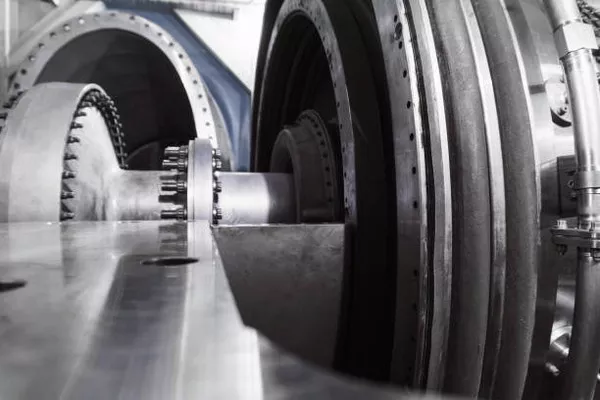In the realm of industrial machinery, air compressors play a pivotal role in powering various tools and equipment. Among the different types of air compressors available, the direct drive air compressor has gained significant attention for its efficiency and performance. In this article, we will delve into what a direct drive air compressor is, its key components, advantages, and applications.
What is a Direct Drive Air Compressor?
A direct drive air compressor is a type of air compressor that features a straightforward and direct connection between the motor and the compressor pump. Unlike belt-driven models, which utilize a system of belts and pulleys to transfer power, direct drive compressors have the motor directly attached to the compressor pump. This design eliminates the need for intermediary components, resulting in a more compact and efficient system.
Key Components of Direct Drive Air Compressors
Motor: At the heart of a direct drive air compressor is an electric motor responsible for generating power to drive the compressor pump. The motor is directly connected to the pump, ensuring a seamless transfer of energy.
Compressor Pump: The compressor pump is a crucial component that pressurizes and compresses the incoming air. Direct drive compressors typically employ either a reciprocating piston or a rotary screw pump, depending on the specific application and requirements.
Tank: Most direct drive air compressors come equipped with an air tank that stores the compressed air. This reservoir allows for a consistent and steady supply of compressed air, reducing the workload on the compressor pump and motor.
Pressure Regulator: Direct drive compressors are often equipped with a pressure regulator that allows users to control the output pressure of the compressed air. This feature is essential for adjusting the compressor’s performance based on the tools or equipment being powered.
Advantages of Direct Drive Air Compressors
Compact Design: One of the primary advantages of direct drive air compressors is their compact design. The elimination of belts and pulleys results in a more streamlined and space-efficient unit. This makes direct drive compressors ideal for applications where space is limited, such as in workshops or small industrial settings.
Low Maintenance: The absence of belts and pulleys reduces the need for regular maintenance in direct drive air compressors. Belt-driven systems often require periodic adjustments and replacements, whereas direct drive models experience fewer wear-and-tear issues, resulting in lower maintenance costs and downtime.
Energy Efficiency: Direct drive air compressors are known for their energy efficiency. The direct connection between the motor and pump minimizes energy losses that may occur in belt-driven systems. This efficiency translates into lower electricity consumption and operational costs over the compressor’s lifespan.
High Performance: The direct drive configuration enhances the overall performance of the air compressor. The direct transfer of power ensures a more efficient conversion of electrical energy into compressed air, resulting in reliable and consistent performance.
Easy Installation: Installing a direct drive air compressor is generally more straightforward compared to belt-driven models. The simplified design and fewer components contribute to a quicker and easier installation process, saving both time and labor costs.
Applications of Direct Drive Air Compressors
Automotive Industry: Direct drive air compressors find extensive use in automotive workshops for tasks such as tire inflation, air-powered tool operation, and paint spraying. The compact design and high performance make them suitable for a variety of automotive applications.
Construction Sites: In the construction industry, where mobility and space constraints are common, direct drive air compressors are preferred for powering pneumatic tools, such as jackhammers, nail guns, and spray guns. Their efficiency and ease of transportation make them valuable assets on construction sites.
Woodworking Shops: Woodworking shops often utilize direct drive air compressors for operating pneumatic tools like sanders, nailers, and saws. The low maintenance requirements and compact design make them well-suited for the diverse needs of woodworking professionals.
See Also Do Compressor Sound Blankets Work
Conclusion
Direct drive air compressors represent a technological advancement in the realm of compressed air systems, offering a range of benefits such as compact design, low maintenance, energy efficiency, high performance, and easy installation. As industries continue to seek more efficient and reliable solutions, the direct drive configuration has become a popular choice for various applications, from automotive and construction to woodworking. Understanding the advantages and key components of direct drive air compressors is essential for businesses and professionals seeking optimal performance and productivity in their compressed air operations.

